Flying has become a fundamental aspect of modern travel, enabling people to traverse vast distances quickly and efficiently. However, the seemingly straightforward process of booking a flight often conceals various hidden costs and fees that can significantly inflate the overall price of air travel. Airlines employ a range of tactics to extract more money from passengers, ranging from obscure airline fees to strategic pricing strategies. Here, we uncover ten sneaky ways airlines take more of your money.
1. Baggage Fees
Baggage fees have become a ubiquitous aspect of air travel, representing a significant revenue stream for airlines worldwide. These baggage fees earned the world’s largest airlines an estimated $33.3 billion in 2023. A 15% increase from 2022, according to a report from airline revenue consultancy, IdeaWorks.
While some carriers may still include checked baggage in the ticket price, the majority now charge additional airline fees for various types of luggage, including checked bags, carry-on items, and oversized or overweight items. These fees, often overlooked by travelers during the booking process, can substantially increase the overall cost of air travel, particularly for passengers with multiple bags or those unfamiliar with the airline’s baggage policies.
2. Seat Selection Fees
Want to choose your seat in advance? Be prepared to pay extra. Airlines often charge fees for selecting specific seats, such as seats with extra legroom or those in preferred locations like exit rows or bulkhead seats. By monetizing seat selection, airlines capitalize on passengers’ preferences for comfort and convenience. Similar to ticket fares, seat selection fees may be subject to dynamic pricing algorithms that adjust prices based on factors such as demand, time of booking, and seat availability. This means that seat selection fees can fluctuate over time, with prices potentially increasing closer to the departure date or during peak travel periods.
3. Priority Boarding
For travelers eager to board the plane early and secure overhead bin space, airlines offer priority boarding as an optional add-on. Passengers pay extra for the privilege of boarding ahead of others, a tactic that appeals to those seeking to avoid the hassle of jostling for space in the overhead compartments. For airlines, priority boarding represents a revenue-generating opportunity, with passengers willing to pay extra for the added convenience and benefits it provides. By monetizing priority boarding, airlines can offset operating costs, improve revenue streams, and enhance the overall profitability of their operations.
4. In-Flight Amenities
While complimentary snacks and beverages were once standard on flights, many airlines now charge for these amenities, especially on shorter flights or budget carriers. In-flight entertainment, such as movies, Wi-Fi access, and premium TV shows, often come with additional fees, further monetizing the onboard experience. Many airlines also try to sell you on credit cards in-flight. While these credit cards are tempting, many have annual fees and blackout dates for redeeming frequent flyer miles. Altogether, in-flight amenities only add to exorbitant airline fees.
5. Change and Cancellation Fees
Need to modify your travel plans? Airlines typically impose hefty change and cancellation fees for altering flight dates or canceling bookings. These fees can sometimes exceed the cost of the original ticket, discouraging passengers from making changes and providing airlines with an additional source of revenue. Furthermore, airlines don’t make the change or cancellation process easy for passengers, further exacerbating the problem.
6. Fuel Surcharges and Taxes
In addition to the base fare, travelers may encounter fuel surcharges and various taxes added to their ticket price. These surcharges, which ostensibly cover fluctuations in fuel prices, can significantly inflate the overall cost of air travel, particularly on international flights. While these charges may seem arbitrary, fuel surcharges are regulated by the Department of Transportation, which means passengers must be informed of how fees are calculated. To get around this, some airlines have changed their fuel surcharges to carrier-imposed fees, allowing them to charge you how they choose.
7. Dynamic Pricing
Airlines employ dynamic pricing algorithms that adjust ticket prices based on demand, time of booking, and other factors. This means that fares can fluctuate widely, sometimes within a matter of hours or days. Savvy travelers may be able to snag deals by booking during off-peak times, but others may find themselves paying premium prices during peak travel seasons. There are many tools that allow you to set travel alerts for flights so that you can score the best price. You can also look on travel sites like Priceline and Expedia for deals, as opposed to booking directly through the airline.
8. Ancillary Revenue Streams
Beyond ticket sales, airlines generate revenue through a myriad of ancillary services and products, including travel insurance, airport lounge access, and in-flight duty-free shopping. These optional extras entice passengers with added convenience or luxury, often at a premium price. Airlines will also try to sell you on credit cards while in-flight, usually touting free miles upon sign-up. While these cards can offer a lot of perks, make sure to read the fine print before signing up because many have annual fees and blackout dates for redeeming frequent flyer miles.
9. Hidden Fees and Surcharges
In their quest to maximize revenue, airlines may levy a plethora of hidden fees and surcharges that catch passengers off guard. These fees can include booking fees, credit card surcharges, and even fees for printing boarding passes at the airport. Even booking your flights online can cost you. Allegiant charges passengers $22 for electronic usage. If you want to work around this fee, you’ll have to book your flight in person. Thoroughly reviewing the terms and conditions before booking can help travelers avoid these unexpected charges.
10. Opaque Pricing
Despite regulations requiring transparency in pricing, airlines sometimes employ opaque pricing tactics that obscure the true cost of air travel. By breaking down the fare into multiple components and presenting optional add-ons separately, airlines create the illusion of lower base fares while tacking on additional fees throughout the booking process. The result is a final total price that is far from the low base fare you thought you were getting. Ultimately, there is no way to challenge these additional fees, but it instead becomes just part of the cost of flying.
Navigating Airline Pricing
Navigating the complex landscape of airline pricing and fees requires vigilance and savvy on the part of travelers. By understanding the various ways airlines extract more money from passengers, travelers can make informed decisions, avoid unnecessary fees, and ultimately enjoy a smoother and more cost-effective travel experience. With greater awareness, you can save money on hidden airline fees.
Read More
9 Reasons Baby Boomers Are Choosing Cohabitation Over Marriage
Life in the Fast Lane: 9 Time-Saving Hacks for a More Efficient Daily Routine

Teri Monroe started her career in communications working for local government and nonprofits. Today, she is a freelance finance and lifestyle writer and small business owner. In her spare time, she loves golfing with her husband, taking her dog Milo on long walks, and playing pickleball with friends.



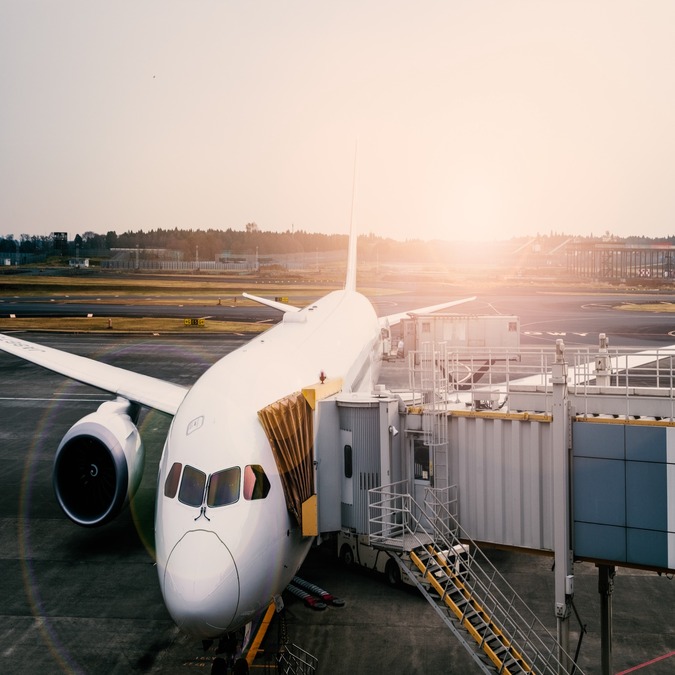
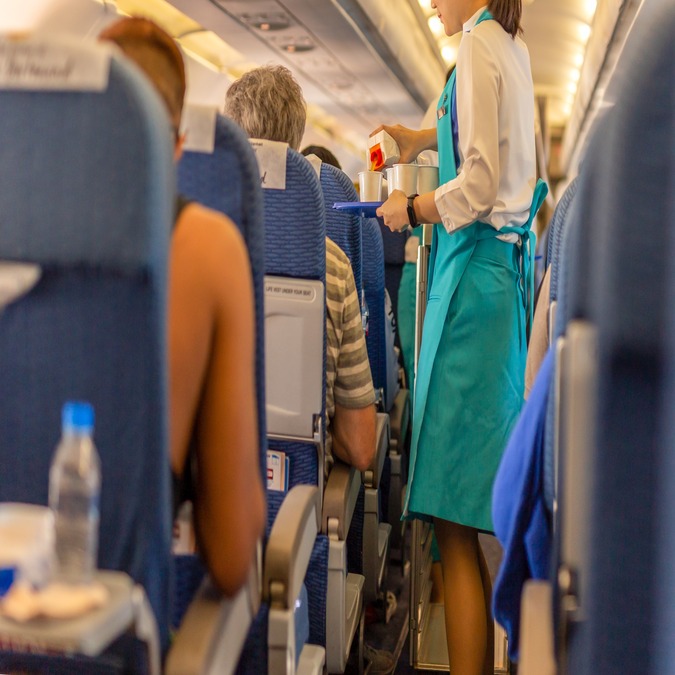


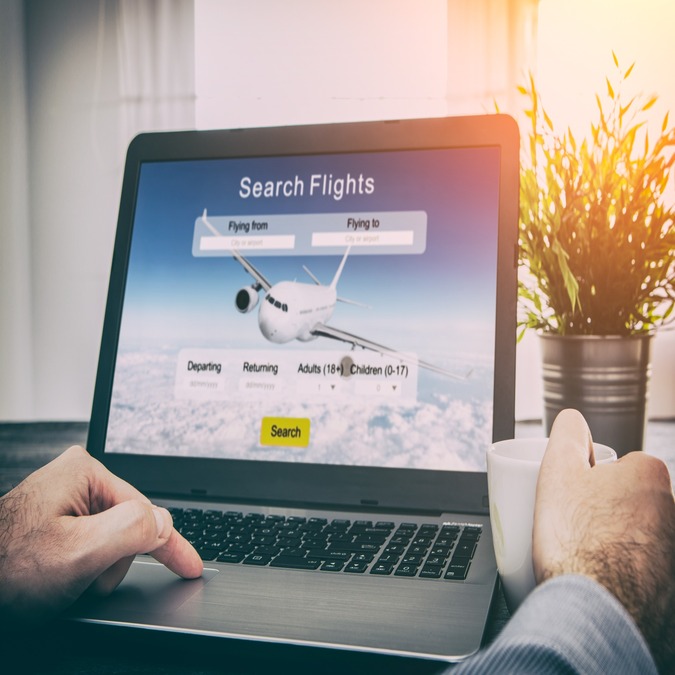
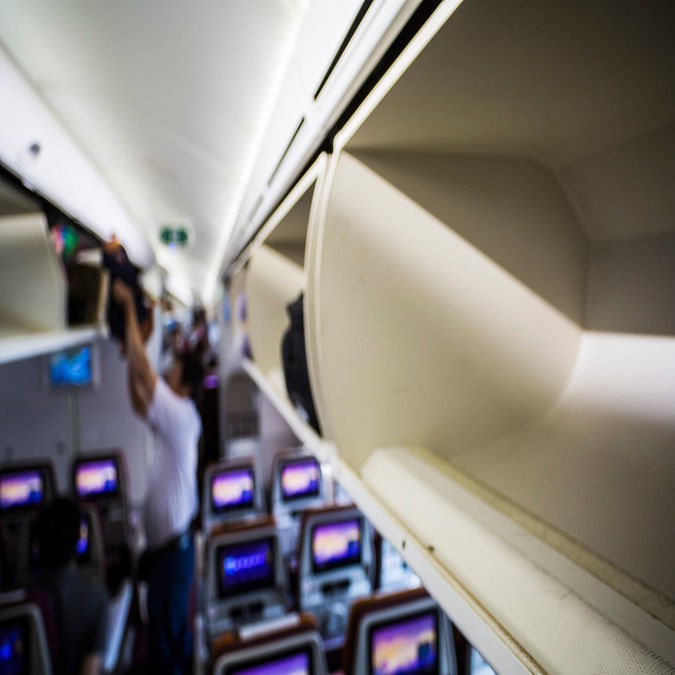
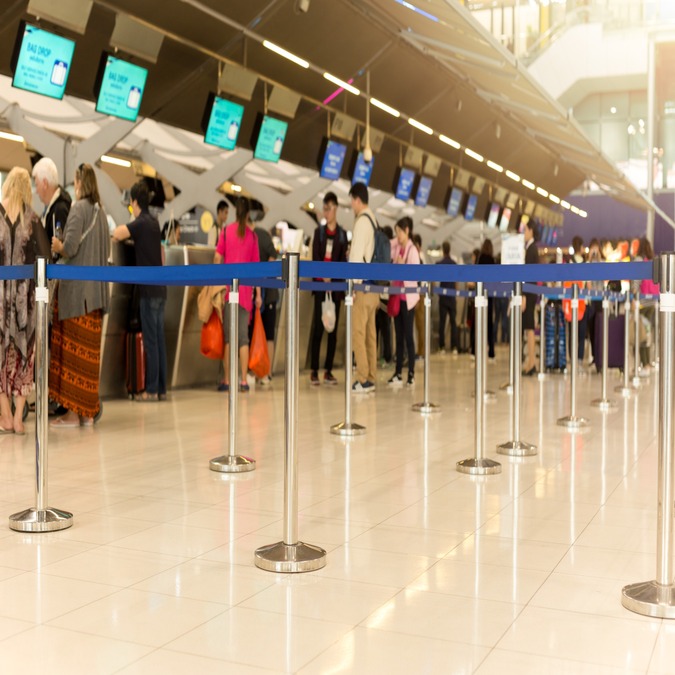
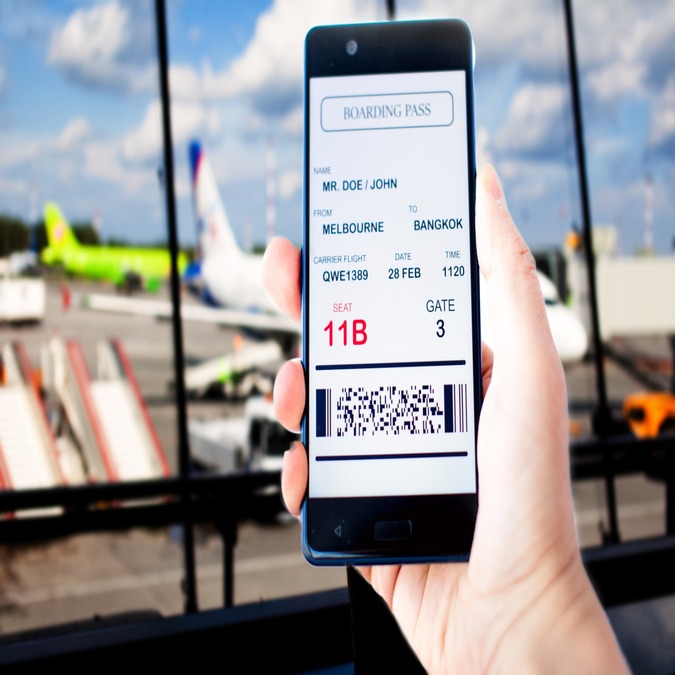
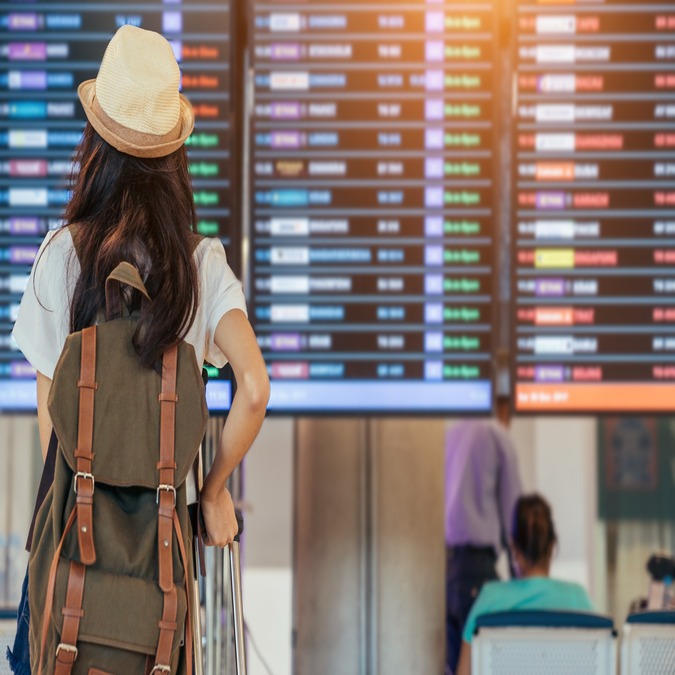


Speak Your Mind